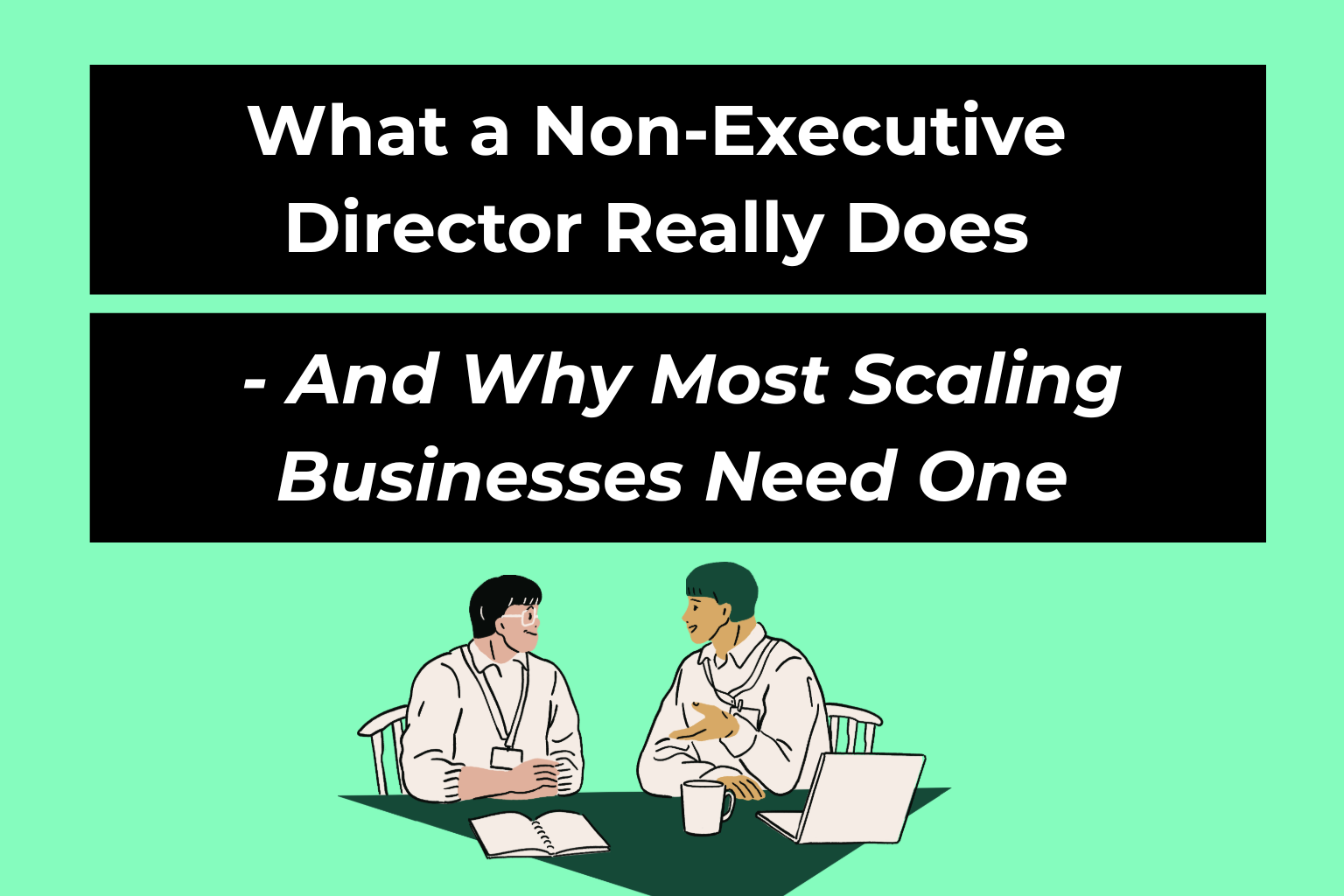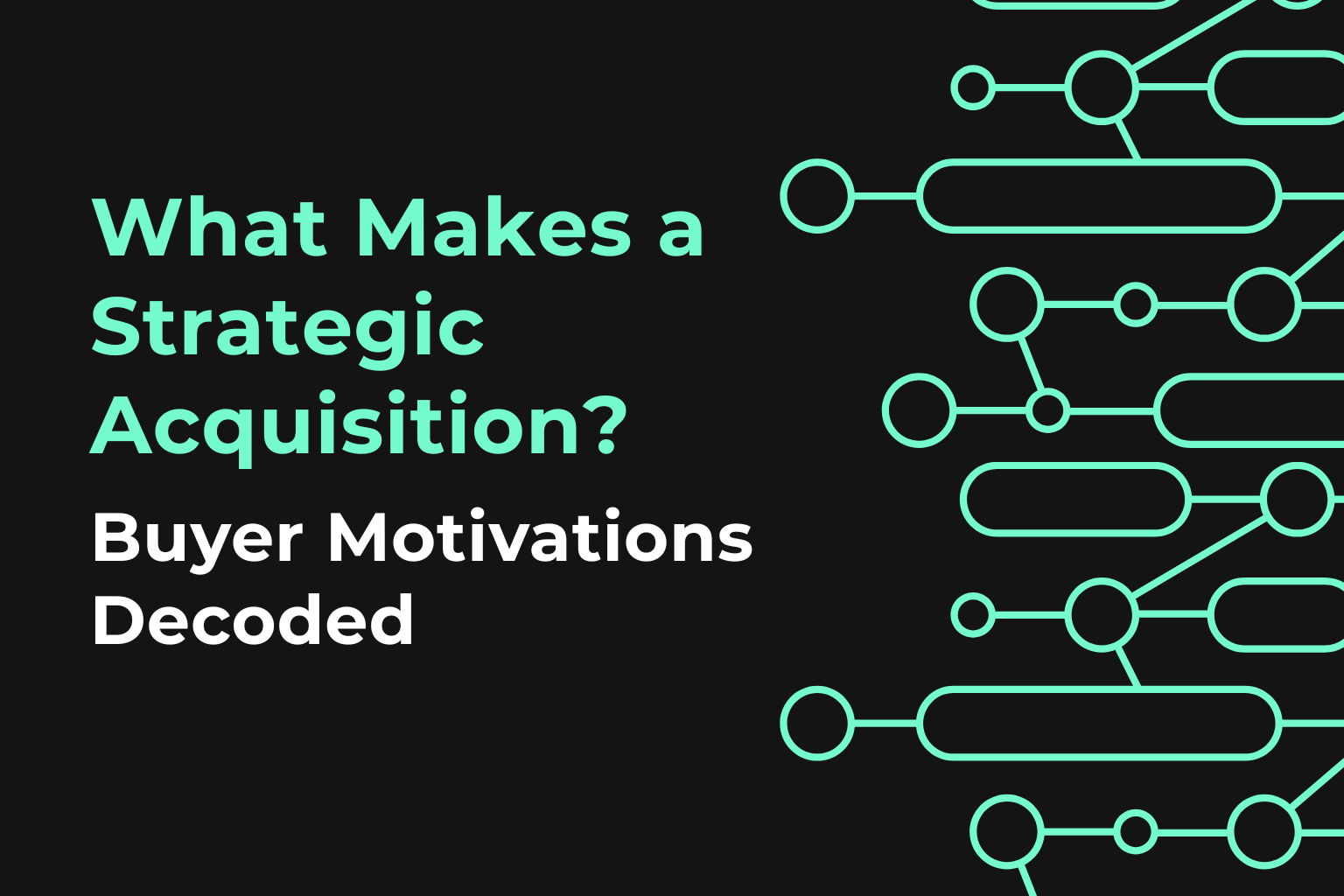Creating a successful go-to-market (GTM) strategy has been the secret unlock for almost every agency and saas client we have worked with in the last three years. Many say they have it locked down but so few do it properly as it’s a huge amount of work.
For those that do though and end up with a proposition that is super focused and resonant significant growth is the outcome 100% of the time – even when sales velocity is slow.
And this is the framework we have followed with each of them:
1. Account Segmentation & Sales Velocity 📊
Begin by segmenting your accounts based on key criteria such as industry, size, and potential value. Understanding the sales velocity for each segment helps in prioritising efforts and resources effectively.
2. ICP Interviews🎙️
Conduct Ideal Customer Profile (ICP) interviews to gather deep insights into the needs, pain points, and behaviors of your target customers. This qualitative research is crucial for tailoring your offerings and messaging to resonate with your ideal audience.
3. Messaging, Sector Specialisms, and Proposition 🗣️
Develop clear and compelling messaging that highlights your unique value proposition. Specialise your approach for different sectors to address specific needs and challenges. This step ensures that your communication is relevant and impactful, positioning you as a leader in your niche.
4. Service Design and Roadmap 🛠️
Design your service offerings and create a roadmap that outlines the development and delivery plan. This includes defining features, benefits, and the customer journey. A well-crafted service design ensure that your offerings meet market needs and drive customer satisfaction.
And to add to that you MUST also agree and develop a deadlined plan for which services or product features you launch next too. SaaS does this well but service and tech-enabled businesses in the B2B space tend to do this much less well, so those that do win BIG.
5. Account Targeting & Messaging 🎯
Identify key accounts within your target segments and tailor your messaging to address their specific requirements. Personalised outreach increases engagement and improves conversion rates. This targeted approach ensures that your efforts are focused on high-potential accounts and we’ve been developing our own tech to aid this process. Artemis will be revealed very soon!
6. Competitor Analysis 🔍
Analyze your competitors to understand their strengths, weaknesses, strategies, and market positioning. This knowledge helps you differentiate your offerings and develop strategies to outmanoeuvre the competition.
7. Sales and Marketing Strategy 📈
Develop a cohesive sales and marketing strategy that aligns with your business goals. This includes defining objectives, key performance indicators (KPIs), and the tactics to achieve them. An integrated strategy ensures that your sales and marketing teams work together seamlessly to drive results.
And to do it well means keeping it SUPER focused on the very targeted niche and ICP you have built the wider proposition around. The days of channel or market specialism alone are gone as buyers want super specialists. Make sure your sales and marketing plan reflects that and creates content and sales motions to target very specific buyers.
8. Martech and Data 📊
Invest in marketing technology and data analytics to track performance and gain insights. Leveraging martech tools enables you to optimise campaigns, improve targeting, and make data-driven decisions. This step ensures that your GTM strategy is backed by robust technology and data insights.
Think about how you can use it to bring sales and marketing under one roof and part of the same motion; marketing builds awareness and creates demand and sales captures it. It should all be part of the same team and process.
And the same is true of the data layer too. Make sure your data providers and the tools you use to analyse, clean and segment are part of that plan.
9. Sales Collateral 📑
Create compelling sales collateral such as brochures, case studies, whitepapers, and presentations that help make your buyer smarter. High-quality collateral supports your sales team in effectively communicating your value proposition and addressing customer queries.
Increasingly this collateral should feel just as much ‘marketing’ as it does sales and it should feed your SDRs as much as it does your marketing plan.
10. Sales and Marketing Resourcing 👥
Ensuring you have the right resources in place, including skilled personnel and adequate budget allocation is obviously critical once you have your plan down on paper and in the calendar.
The key here, once planned, is to look at expected output and budget for the resource required to deliver it; whether it’s FTE hires or via outsourcing and set clear KPIs that join sales and marketing up.
Have you tried to crack Go-To-Market but have struggled to make it land? If so get in touch with the team and we will happily walk through why and how you can go about fixing it. Our insights, taken from hundreds of agency and other B2B clients allow us to know what really works.



